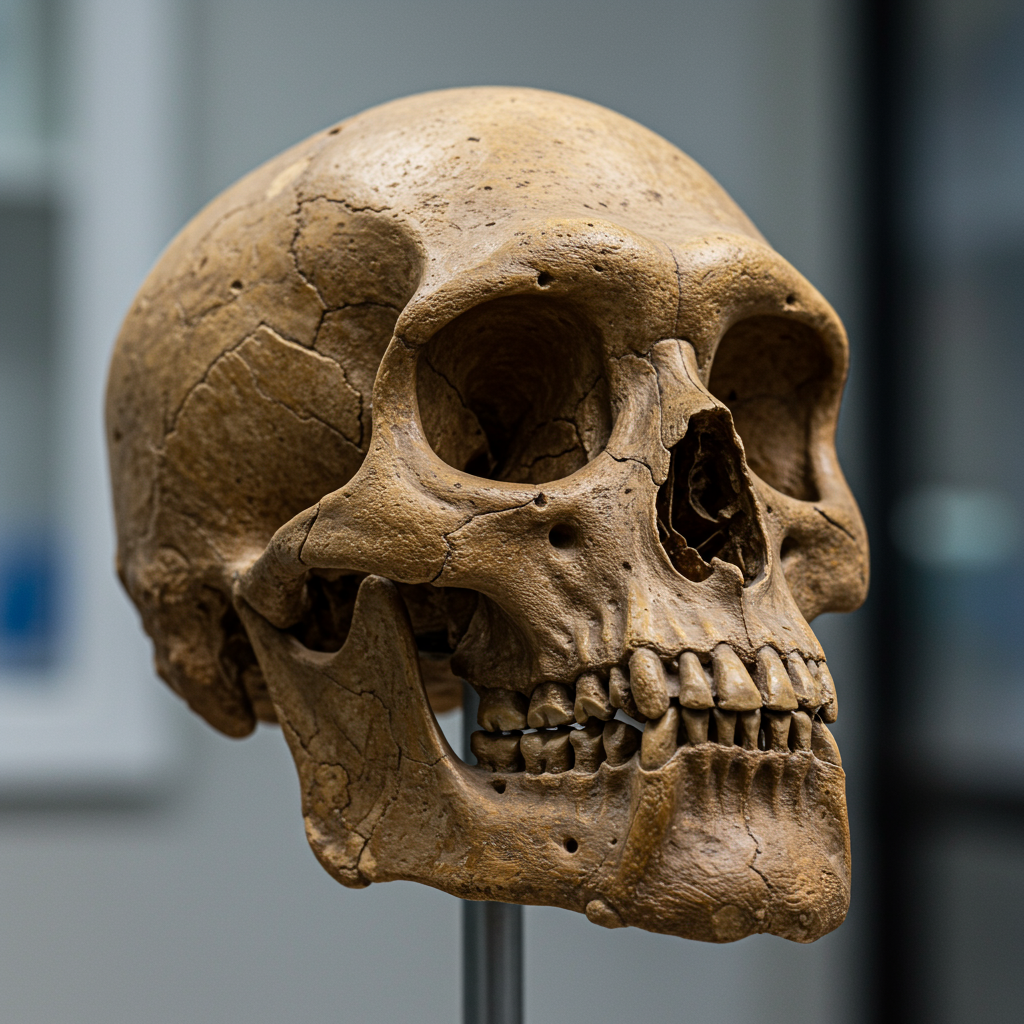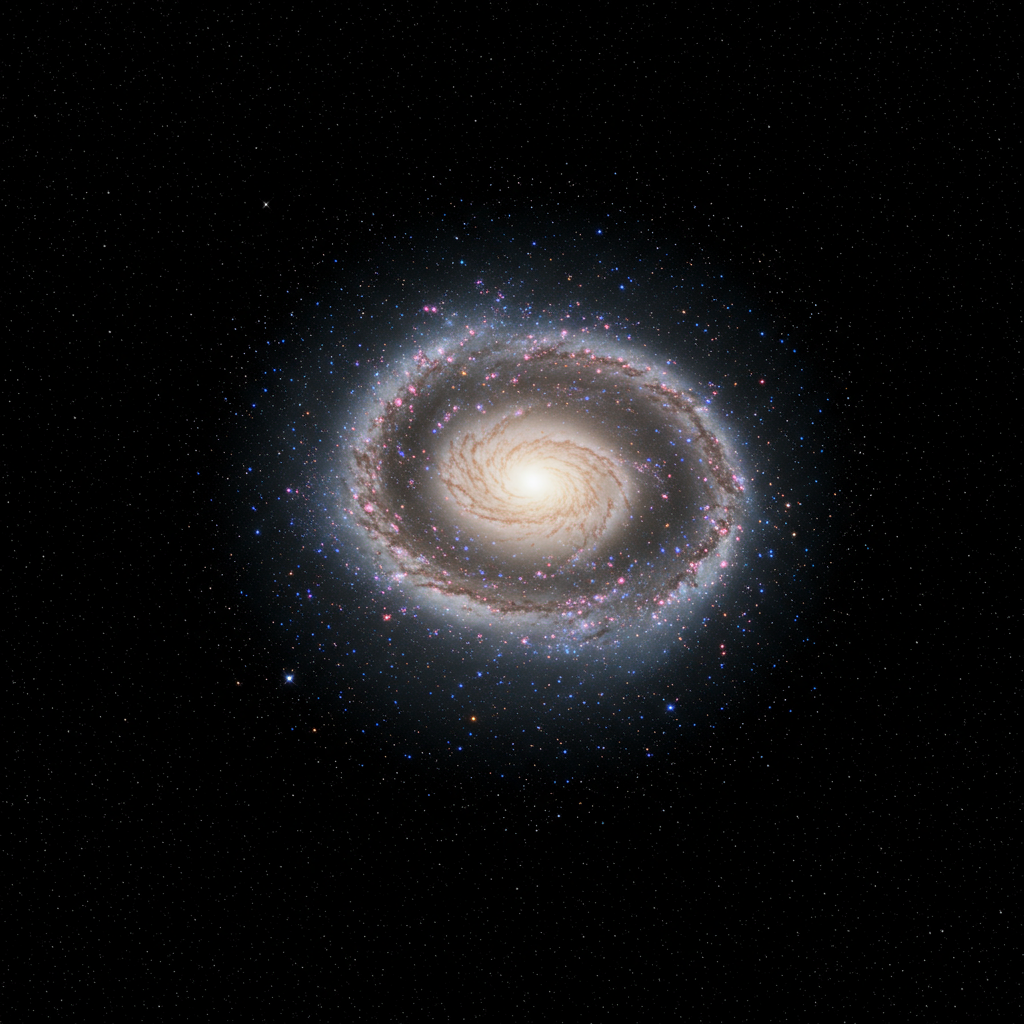Ancient Skull Discovery: Could ‘Dragon Man’ Be Our Mysterious Human Cousin, the Denisovan?
A remarkable discovery in China—a nearly complete skull dating back at least 146,000 years—has sparked intense debate in the world of anthropology. Nicknamed “Dragon Man,” this ancient cranium, found decades ago near Harbin, China, is now the subject of two new studies proposing a groundbreaking identity for its owner: the first-ever skull from a Denisovan, a poorly understood group of archaic humans.
For years, our knowledge of Denisovans has been pieced together from frustratingly sparse fossil fragments – a finger bone, a few teeth, parts of jaws, and a rib, discovered in caves spanning from Siberia to Laos. Identified initially by genetic analysis of DNA from a fossil finger found in Denisova Cave (a pioneering effort recognized with a Nobel Prize), Denisovans are known to have inhabited vast areas of Eurasia, particularly across East and South Asia, even reaching parts of Melanesia, from around 370,000 years ago until potentially after 30,000 years ago during the Pleistocene Epoch. However, without a complete skull, what they truly looked like remained a major mystery.
The Evidence: Proteins and Ancient DNA
Evolutionary geneticist Qiaomei Fu and her team at the Institute of Vertebrate Paleontology and Paleoanthropology (IVPP) in Beijing present compelling evidence linking the Harbin skull to Denisovans.
- Ancient Proteins: Analyses of proteins extracted from the Harbin fossil revealed a molecular composition aligning with previously identified Denisovan proteins. Specifically, the skull displayed unique protein variants found only in Denisovans when compared to modern humans, great apes, and Neanderthals. Proteins potentially contaminated by handling or burial environment were excluded from the analysis.
- Mitochondrial DNA: Mitochondrial DNA recovered from dental tartar on one of the skull’s teeth closely matched that of several known Denisovans from Siberia’s Denisova Cave. Since mitochondrial DNA is typically inherited maternally, this suggests a shared maternal lineage among Denisovans ranging from Central to East Asia. Proteins, preserving better than DNA and providing insights from both parents’ nuclear DNA, have also previously linked fossils like the Xiahe jaw (Tibetan Plateau) and the Penghu 1 jaw (off Taiwan) to Denisovans.
These findings, published in Science and Cell, strongly suggest that Denisovans were widely distributed across Asia during the Middle Pleistocene, a critical period for human evolution (roughly 789,000 to 130,000 years ago). Paleoanthropologists like Xiujie Wu and Yousuke Kaifu support this view, seeing Dragon Man as evidence of a widespread Denisovan population. Kaifu even posits that if Neanderthals are considered a distinct species, Denisovans should be too.
The Debate: Is ‘Dragon Man’ Truly a Denisovan?
Despite the significant evidence, not all scientists are ready to definitively classify the Harbin skull as Denisovan. Xijun Ni, also a paleoanthropologist at the IVPP and leader of an earlier study classifying the Harbin skull as belonging to a new species, Homo longi (meaning “Dragon Man”), remains unconvinced.
Ni argues that a larger sample of ancient protein variants is needed to confirm the classification of the Harbin skull and other potentially Denisovan fossils like the Penghu 1 jaw. Some researchers have also suggested that protein variants used in other studies could stem from ancient Homo sapiens who inherited Denisovan genes through interbreeding, rather than definitively identifying a Denisovan individual.
Furthermore, Ni raises concerns about potential contamination of the mitochondrial DNA recovered from the dental tartar, noting the skull’s extensive handling over time. Attempts by Fu’s team to extract DNA from less exposed areas, like the inner ear bone or uncontaminated tooth enamel, were unsuccessful.
Placing Denisovans in the Human Family Tree
The debate surrounding the Harbin skull highlights the ongoing complexity of mapping our ancient human story. A leading hypothesis suggests that Denisovans descended from a lineage of Homo erectus that migrated out of Africa around 700,000 years ago. This lineage is thought to have later diverged, leading to the emergence of both Denisovans and their close relatives, the Neanderthals (H. neanderthalensis), approximately 370,000 years ago. While Neanderthals expanded into Europe and western Asia, Denisovans spread eastward.
Crucially, genetic studies show that Denisovans interbred not only with Neanderthals but also with early modern humans (H. sapiens) as our ancestors migrated out of Africa starting between 120,000 and 80,000 years ago. This ancient mixing left a lasting genetic mark on modern populations. For example, present-day people in Oceania, particularly Papua New Guinea and Australia, carry a relatively significant amount of Denisovan genomic material—estimated at 4 to 6 percent—suggesting extensive interbreeding across large parts of Eurasia. The presence of Denisovan DNA in remote island populations even implies they may have had the capability for seafaring.
While Denisovans likely disappeared from mainland Asia as H. sapiens populations expanded, some groups might have survived longer on islands in the western Pacific. Their precise taxonomic placement and the full story of their origins and disappearance remain subjects of active research.
The Unveiling of an Ancient Face
The Harbin skull, whether definitively classified as Denisovan or as Homo longi, represents an incredibly important piece of the puzzle of human evolution. It provides an unprecedented glimpse into the face and braincase of a hominin group that coexisted and even interbred with our direct ancestors across vast stretches of Asia. While scientific debate continues, this remarkable fossil brings us one step closer to understanding the diverse landscape of humanity’s past and the enduring mystery of our enigmatic cousins.




